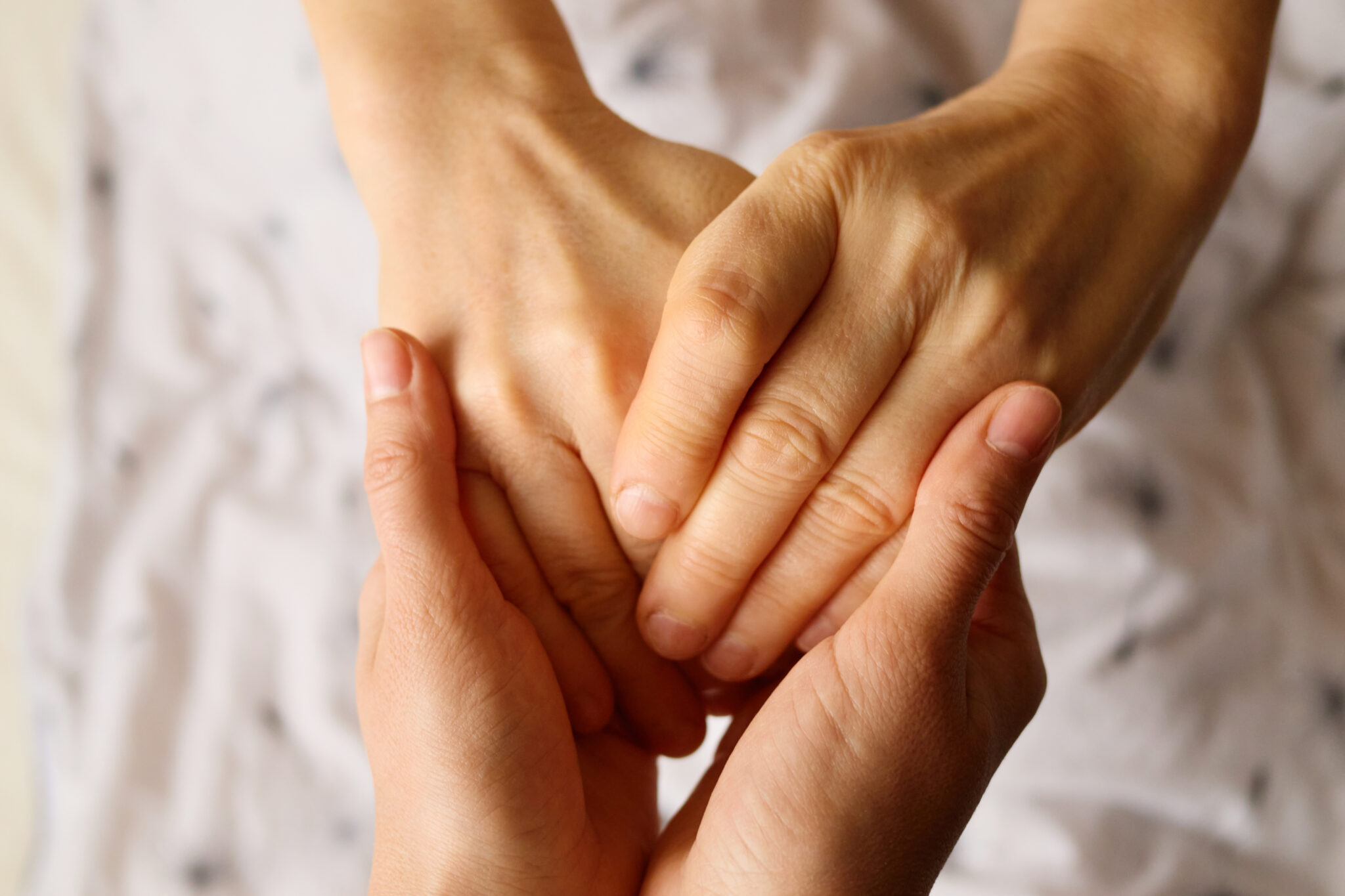September brings us the introduction to fall vibes, breaking out the cozy sweaters and for those who partake, the pumpkin spice. It is also our back-to-school season, with fresh books and new teachers and friends. With all the excitement of the changing seasons, it’s easy to forget that some people find these transitions stressful, scary, or even impossible.
September is also Suicide Prevention Month, a reminder of the importance of mental health and strong communities.
Why Suicide Prevention Matters
- Suicide is the 11th overall leading cause of death in the United States.
- It is the second leading cause of death for people ages 10-14 and 25-34.
- Women attempt suicide more often, but men are more likely to die by suicide.
- LGBTQ+ individuals are 4 times more likely to attempt suicide than their peers
- Veterans face a 57% higher risk of suicidal thoughts than the general population.
Statistics also indicate that at least half of those who die by suicide have a diagnosed mental health condition, but experts believe that up to 90% of those who die by suicide were experiencing symptoms of mental health disorder, pointing to the importance of open conversations about mental health and early treatment and intervention.
Warning Signs of Suicidal Thoughts or Actions
There are several warning signs you can look for if you are concerned about yourself or a loved one:
- Expressing hopelessness about the future.
- Talking directly about suicide or “ending it all”,
- Saying they feel like a burden to others, trapped or being in unbearable pain.
- Increased “psychosomatic” or physical symptoms of distress: fatigue, headaches, stomachaches.
- Withdrawing from social connections or situations.
- Changes in mood: mood swings, agitation, anxiety, irritation, anger, hostility.
- Changes in sleep patterns: sleeping all the time or experiencing insomnia.
- Increased reckless behaviors: alcohol or drug use, reckless driving, risk-taking activities.
How You Can Help
If you notice warning signs in yourself or someone else, here are steps you can take:
- Reach out for help. You don’t need to navigate these feelings on your own.
- Encourage open conversations. Talking about mental health reduces stigma and helps others feel less isolated.
- Connect with professional support. Early treatment can make a life-saving difference.
Suicide Prevention Resources
- 988 Suicide & Crisis Lifeline: https://988lifeline.org/. This is the national suicide and crisis helpline. You can call 24/7 or chat and talk to a counselor who can help you navigate these feelings.
- The Jed Foundation: https://jedfoundation.org/help-my-friend/. Great resources on how to help friends who are showing warning signs of depression or suicidal thoughts.
- Seize the Awkward: https://seizetheawkward.org/. Resources on how to have conversations about mental health between friends and loved ones.
- SAMHSA Guide: https://library.samhsa.gov/product/helping-your-loved-one-who-suicidal-guide-family-and-friends/pep20-01-03-001 Publishes guides for helping family and friends.
- Immediate help: If you or your loved one is not safe, Call 911 or the SVH Emergency Department for psychiatric help and monitoring.

